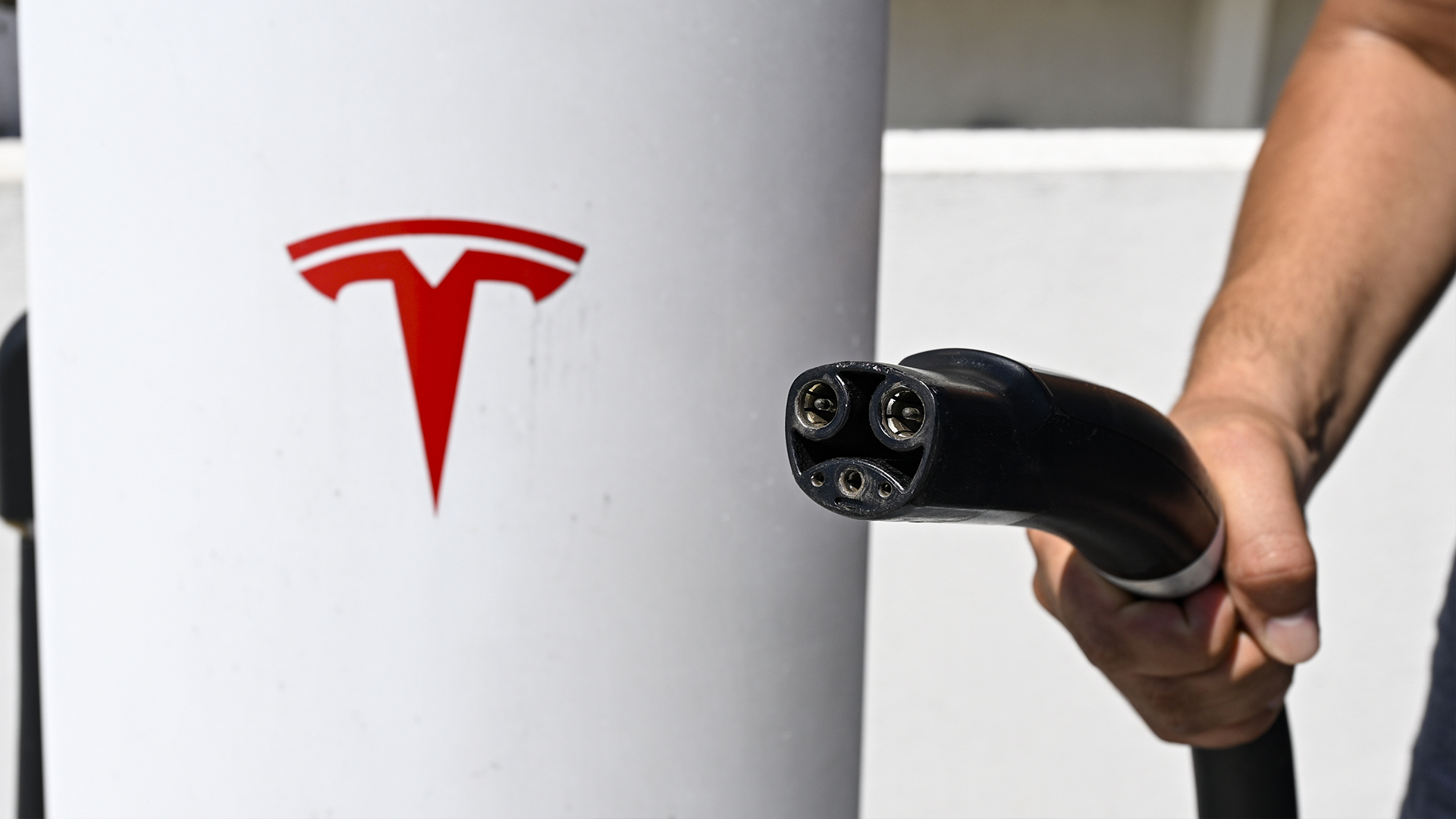

Texas will require charging companies to add Tesla’s North American Charging Standard (NACS) connector to new stations in order to qualify for a slice of state-controlled federal tax subsidies.
As the largest recipient of the $5 billion grant National Electric Vehicle Infrastructure (NEVI) program, Texas has committed to doling out $407.8 million over the next five years to help build up its own EV charging infrastructure. There’s just one catch: these chargers must include Tesla’s NACS connector, as decided on Wednesday by the Lone Star State despite pushback from charging companies that operate across Texas.

Texas was originally to vote on whether or not to mandate NACS in mid-July. However, it delayed the vote until earlier this week following a letter sent in June to the Texas Transportation Commission by five EV charging companies—including Chargepoint, which has already committed to implementing NACS.
The letter was a petition to delay the decision to adopt NACS as a formal requirement to receive federal funding. According to the companies, the mandate would risk the successful deployment of EV charging stations since the NACS connector was not standardized by SAE International at the time of writing—a likely barrier to adoption for some major automakers prior to the Ford-charged NACS boom earlier this year.
“Time is needed to properly standardize, test, and certify the safety and interoperability of Tesla connectors across the industry,” the group wrote in its letter.
It should also come as no surprise that Texas is the state mandating NACS adoption. Not only is it now Tesla’s home base, but it’s also the state with the third-highest number of EV registrations in the country behind California and Florida.
“The two-connector approach being proposed will help assure coverage of a minimum of 97% of the current, over 168,000 electric vehicles with fast charge ports in the state,” said Humberto Gonzalez, Director of the Texas Department of Transportation in a statement to Reuters.
Presently, the NEVI program requires that any charger installation seeking subsidies utilize the Combined Charging System (CCS) connector. Most EVs on the road today, with the exclusion of Tesla’s, utilize CCS to connect to a DC fast charger. Over the past few months, Tesla, Ford, General Motors, Mercedes-Benz, Nissan, Polestar, Rivian, and Volvo have each committed to equipping their vehicles with NACS over the existing CCS standard, meaning that many future vehicles on the road will have NACS ports. However, not all automakers have committed to ditching CCS, which sort of makes this an HD-DVD-versus-Blu-Ray scenario. To Gonzalez’s point, it makes sense to have both connectors when the industry is fighting its own standard war.

The NEVI program has committed to providing $5 billion in funding over five years. Ultimately, despite the program being federal, individual states will decide how their NEVI grants are distributed.
Texas isn’t alone in looking to require NACS as part of its own requirements. Florida also has expressed interest in mandating it one year after it’s standardized by SAE. Washington has also held preliminary discussions on the topic and Kentucky actually beat Texas to the punch by mandating NACS inclusion last month.
Got a tip or question for the author? Contact them directly: rob@thedrive.com